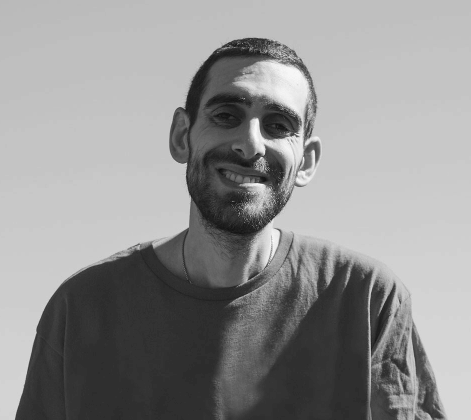What Are Mitochondria?
How mitochondria keep the body moving - and what happens when they can’t keep up.
How mitochondria keep the body moving - and what happens when they can’t keep up.
Have you ever wondered how your heart has the energy to beat all day, every day, for a lifetime? The answer lies in mitochondria. These microscopic factories make 90 percent of the energy that powers the cells and organs keeping you alive.
"Mitochondria make more than 90 percent of the energy your body uses."
Although nearly all cells rely on mitochondria for energy, some need more than others to perform jobs like thinking, seeing, pumping the heart, contracting muscles and filtering waste from blood. That’s why the brain, eyes, heart, skeletal muscles and kidneys generally have a lot of mitochondria.
Mitochondria, in turn, need fuel to keep the body running. That fuel comes from the oxygen in the air we breathe and the fat, protein and carbohydrates in the foods we eat. These components are broken down and rearranged within mitochondria by enzymes to produce a chemical form of energy that the body can readily use.
Some people have mitochondria that don’t make enough energy to power everything the body needs to do. People with faulty energy factories may have one of any number of conditions known as mitochondrial disorders.
Many mitochondrial disorders are inherited; mutations in more than 250 genes have been found to cause problems with the mitochondria. These mutations may make the mitochondria less efficient, causing certain parts of the body to malfunction.
Reducing the efficiency of mitochondria may also cause them to make more damaging byproducts than usual, which leads to injury of the mitochondria and the cells they reside in.
Other mitochondrial disorders aren’t inherited, but instead are a result of the aging process. Byproducts of mitochondrial energy production accumulate over time and lead to damage as people get older.
No matter the root cause, mitochondrial disorders can cause problems in nearly any part of the body, because mitochondria are in nearly every type of cell. Symptoms such as fatigue, muscle weakness and pain often lead people to a doctor. But because mitochondrial disorders are rare, many doctors may not initially test for them. It is common for people to visit several doctors and specialists before a mitochondrial disorder is recognized.
For those who’ve received a diagnosis of a mitochondrial disorder, treatments can alleviate certain symptoms, and vitamins may help the mitochondria run more efficiently. Lifestyle, changes in diet, activity and sleep may also improve symptoms. And while there is no cure yet, scientific advancements are helping researchers better understand how mitochondria work so that they may find new and better treatments for a range of mitochondrial diseases.

The Journey
About 40,000 people in the United States have been diagnosed with a mitochondrial disorder. Meet one of them.
Read Brandy's StoryDiagnosing the Disease
Mitochondrial disorders often go undiagnosed because their symptoms are so diverse—and nearly all are also signs of more common diseases. That means patients often spend years pursuing a diagnosis.
Learn the Symptoms